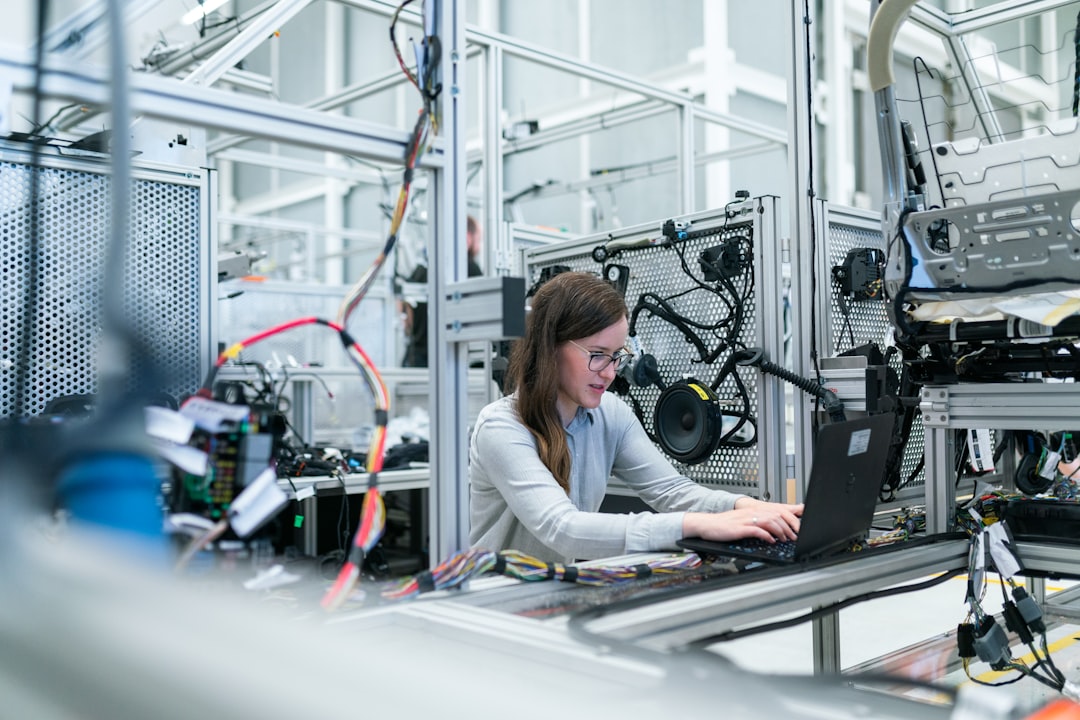As technology becomes more integral in academic and professional environments, plagiarism detection tools have gained widespread use. These tools play an essential role in maintaining integrity by flagging potential cases of content duplication. However, despite their usefulness, several misconceptions persist about how these detectors operate, what they can truly identify, and their limitations. A clear understanding of these tools is important for both students and professionals who rely on accurate and fair assessments.
Here are some of the most common misconceptions about plagiarism detectors:
1. All plagiarism detectors work the same way
One of the most prevalent myths is that all plagiarism detection tools use identical algorithms or techniques. In reality, different tools use varying databases, comparison methods, and linguistic models. For example, Turnitin may compare submissions against a broader academic database, while Grammarly’s plagiarism checker primarily searches the internet. This means that two separate tools might produce different results for the same piece of text.

2. They can detect all forms of plagiarism
Contrary to popular belief, plagiarism detectors are not all-seeing. While they are efficient at spotting verbatim copying and some forms of paraphrasing, most tools struggle with identifying:
- Heavily reworded or paraphrased content
- Translation plagiarism, where the text is translated from another language
- Password-protected or subscription-only sources
- Idea plagiarism, since tools cannot detect theft of thoughts, only text
Because of these limitations, detections often need to be manually reviewed by educators or editors to ensure fair judgment.
3. A 0% similarity score means no plagiarism
Many users mistakenly assume that a 0% match means the content is completely free of plagiarism. However, this is not necessarily true. Most plagiarism detectors only match text against content that exists in their databases. If a plagiarized source isn’t in the repository, the system won’t flag it. This underscores the importance of human oversight in verifying originality.
4. A high similarity percentage always equals plagiarism
On the flip side, a high similarity score does not automatically mean a user committed plagiarism. There are numerous reasons why a report might show a high percentage:
- Common phrases or widely used terminology
- Properly quoted or cited material
- Bibliographic references
Thus, educators and content reviewers should not treat the similarity report as a definitive judgment but rather use it as a tool to guide a deeper analysis.
5. They can replace human judgment
Another serious misconception is that plagiarism detectors can autonomously determine intellectual integrity. While they provide convenience and efficiency, they lack context, nuance, and critical thinking. Evaluating academic honesty often requires understanding the assignment, the originality of ideas, and the intent behind the writing — aspects that machines still struggle to assess meaningfully.

6. They are infallible
The belief that plagiarism detection tools are flawless leads many to trust their results without question. Yet these tools can produce false positives by flagging common phrases or previously submitted drafts by the same student. They can also yield false negatives by failing to recognize non-textual plagiarism or subtle rewording techniques. Users must remember these tools are helpful aids, not ultimate judges.
7. They can detect AI-generated content
With the rise of large language models like ChatGPT, many assume plagiarism tools can identify AI-written content. However, plagiarism and AI generation detection are fundamentally different. Plagiarism tools look for text matches, whereas identifying AI content requires detecting patterns in writing style, sentence structure, or unusual consistencies. Specialized tools are needed to make such assessments.
Conclusion
While plagiarism detectors offer undeniable benefits, it’s critical to approach them with realistic expectations. Understanding their capabilities — and more importantly, their limits — ensures they are used ethically and effectively. Plagiarism detection should be viewed as one component of a comprehensive academic or editorial process, not a replacement for human insight and integrity. By dispelling these misconceptions, institutions, educators, and individuals can better uphold standards of originality and ethical scholarship.



